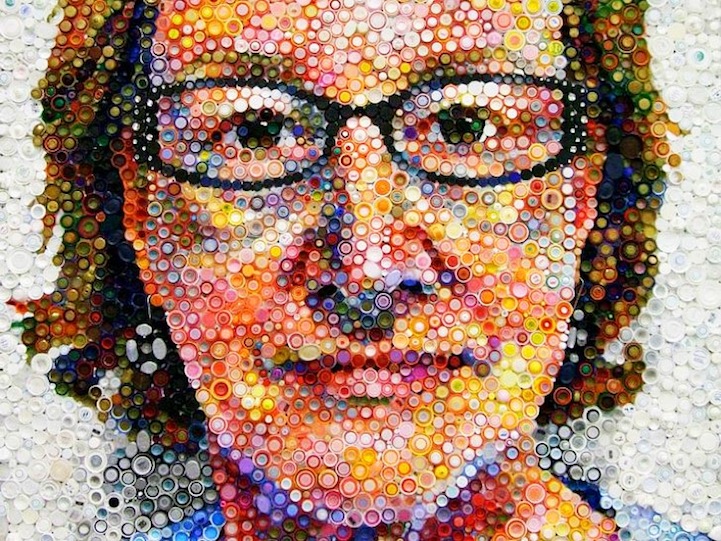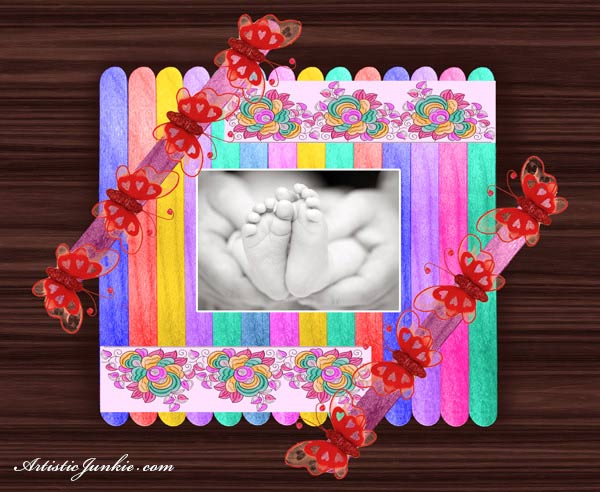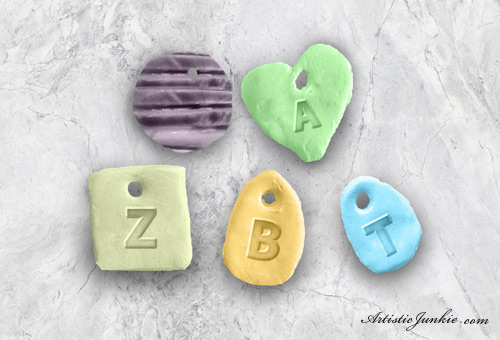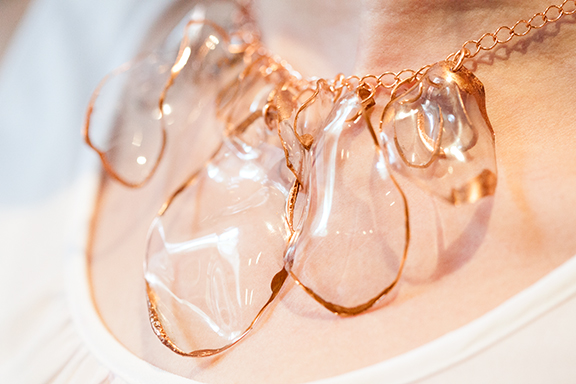Double Desk Up-cycle Step by Step
This was an old childhood desk of mine that was sitting in my kitchen. In its pre-revised condition, the piece was useful but in no way aesthetically pleasing. Its convenient drawer lay out and collapsible ends were a major plus, but the natural wood stain and missing drawer nobs I decided it needed a facelift. Here is a step by step through my process beginning to finish. This is not a single day project take your time and have fun!
1- Disassemble piece: If the piece you’re working on has multiple parts; take photos of how it’s pieced together. Then disassemble keeping all hardware in a zip-lock bag and put in a safe place.
2- Sanding: Normally, sanding is only something I do if I want to a stain, or if there is significant damage to the surface of the wood. Because I wanted to stain the edges of the piece, I sanded the entire piece first with 60-grit and then with again with 150-grit to make sure everything was flush. Still, there may be sawdust on the wood.
3- Tack it: Use a damp microfiber cloth, wipe away any lingering sawdust. It tends to get caught up in corners so tap on the sides on the piece to knock down all the dust that’s stuck in the high away places.
4- Primer When priming and distressing make sure to keep the primer only in the centers. In order to get the natural grainy look with a stain on the outsides (see photos), be sure to only use primer on the center areas you wish to have painted. Also, make sure to clean up and smooth out and drips or puddles that may have occurred in the process.
5- Sand again: I know its a pain, but if you want a smooth surface you don’t want to skip this step. Go over all of the top surfaces with 220-grit sandpaper. Don’t go crazy, just lightly and quickly hand sand those surfaces.
6- Tack it: Use a microfiber cloth go over the entire piece wiping away any dust or primer particles. You definitely don’t want those bad boys to end up in your paint job!
7- Paint: I chose to layer colors in this particular piece, I think that layered paint makes the wood grain look really cool once done. I painted 2 coats of each color, but if you still see hints of primer don’t feel bad throwing on another coat. When I painted the red coat, I used a somewhat dry brush to give some sloppy streaking. That was my artistic preference, do what you want.
8- Sand Again: Ok, so now time to distress a bit. I use 150-grit to go over the edges in light circles to bring a natural aged look. Then I went over the entire surface again with 220-grit. This has two purposes. First, to smooth out that surface so its like satin to the touch, the second is for artistic preference. By using that super fine grit sandpaper I was able to bring back some of that grain through the colors without going all the way through to the wood.
9- Tack it again: Once again use a clean microfiber cloth to get rid of all the extra paint. It can get a little messy so I usually go over it again with a damp cloth a couple more times to make sure that I have a nice clean surface.
10- Stain: Ok so it’s time to stain those edges! Grab a few old rags. You don’t anything too big because then it can become a disaster zone, but you will want to make sure you have plenty of clean cloth to wipe those edges. I used Varathane’s stain Kona. It’s a nice dark stain to give the blonde wood an antique look. Using a somewhat small brush, I very carefully brushed on the stain and then immediately wipe it up. This way the stain seeps into the wood but doesn’t mark up your paint job. You want to be quick about this because if you lag you WILL get stain residue on your paint and that’s a total bummer. I found that the drier the stain is on the brush the harder it was to wipe away cleanly. So dip your brush regularly but be modest in your application at the same time. If you want the wood to be darker then simply add another coat. Once you have your desired look its time to seal it.
11- Tack it one more time: Because you just spent all of this time perfecting this piece you want to wipe it down with a microfiber one last time to make sure you don’t get anything in your polyurethane coat.
12- Seal that Bad Boy: There are a ton of different products out there that can do the job, I used Minwax Polycrylic. It dries pretty fast, goes on crystal clear and a variety of sheens. I’ve also heard really great things about Varathane’s sealant. Use a large synthetic haired brush and apply with large even strokes covering edge to edge in one stroke (if you can). Make sure you’re not brushing it one too thin, and check all of your edges for drips and puddles. I applied 2 coats to all surfaces. Depending on the product you’re using you will want to wait 2-24 hours between the first and second coat of sealant. Be sure to read all product instructions before use.
13- Custom Drawers : Things you’ll need: ruler, measuring tape , patterned paper, modge podge, scissors , scanner or photocopier, Photoshop (not necessary), printer, paint brush polyurethane.
If you’re anything like me, you’re detail oriented. I found some scrapbook paper that I thought would match nicely in the drawers. The problem with scrapbook paper is that you only get 4 sheets of the same paper. Definitely not enough paper to cover the bottoms of all the drawers, so here’s what I do. First I measure the drawer dimensions, and then I scan my chosen paper. In Photoshop, I create a new document using the drawer dimensions. I then drag and drop my scanned jpeg into my new document. Then I align the jpeg’s in the document to my liking. Once you like what you see, save as a jpeg. You can print them out yourself or take them to Kinkos. If you’re tight on pennies go to Kinkos and do a color photocopy. You can enlarge if you want. It won’t be as seamless but that’s ok. Next, trim your edges to make sure that the paper will fit perfectly in the drawer. Use a small paintbrush and some modge podge and paint the bottom of the drawer (you’ll want to be quick). Very carefully place one end of the paper in, smoothing out the surface as it touches. There is a tendency to get some bubbles, so really take the time to smooth out that paper with your fingers. Once you feel like you are smooth and bubble free you can seal that in with your polyurethane. Don’t drench it because that can create bubbles and wrinkles. If you happen to get some imperfections don’t freak out, It’s ok! It’s a part of the process. Only practice makes perfect, and even then it’s debatable.
Subscribe now
Get lasest updates in your inbox




